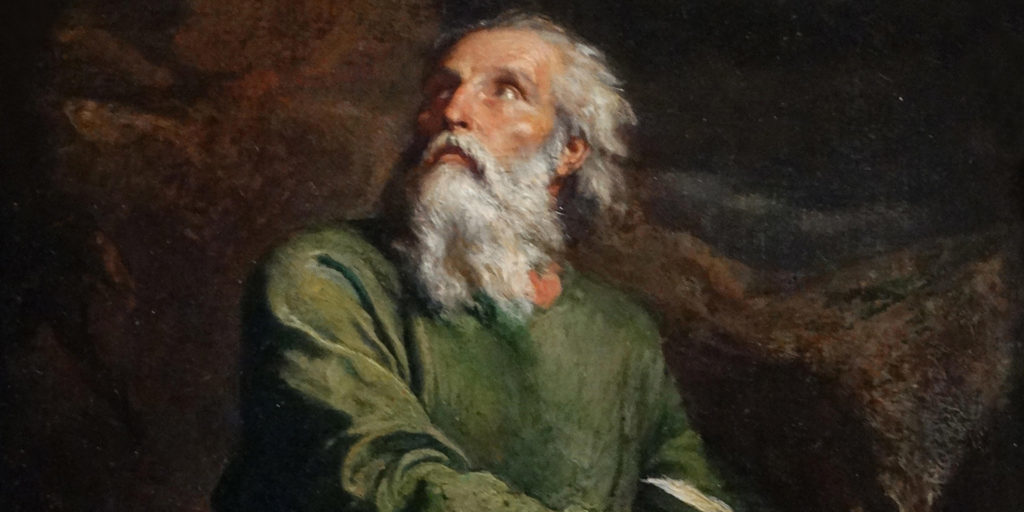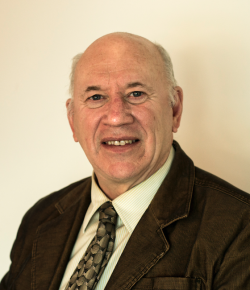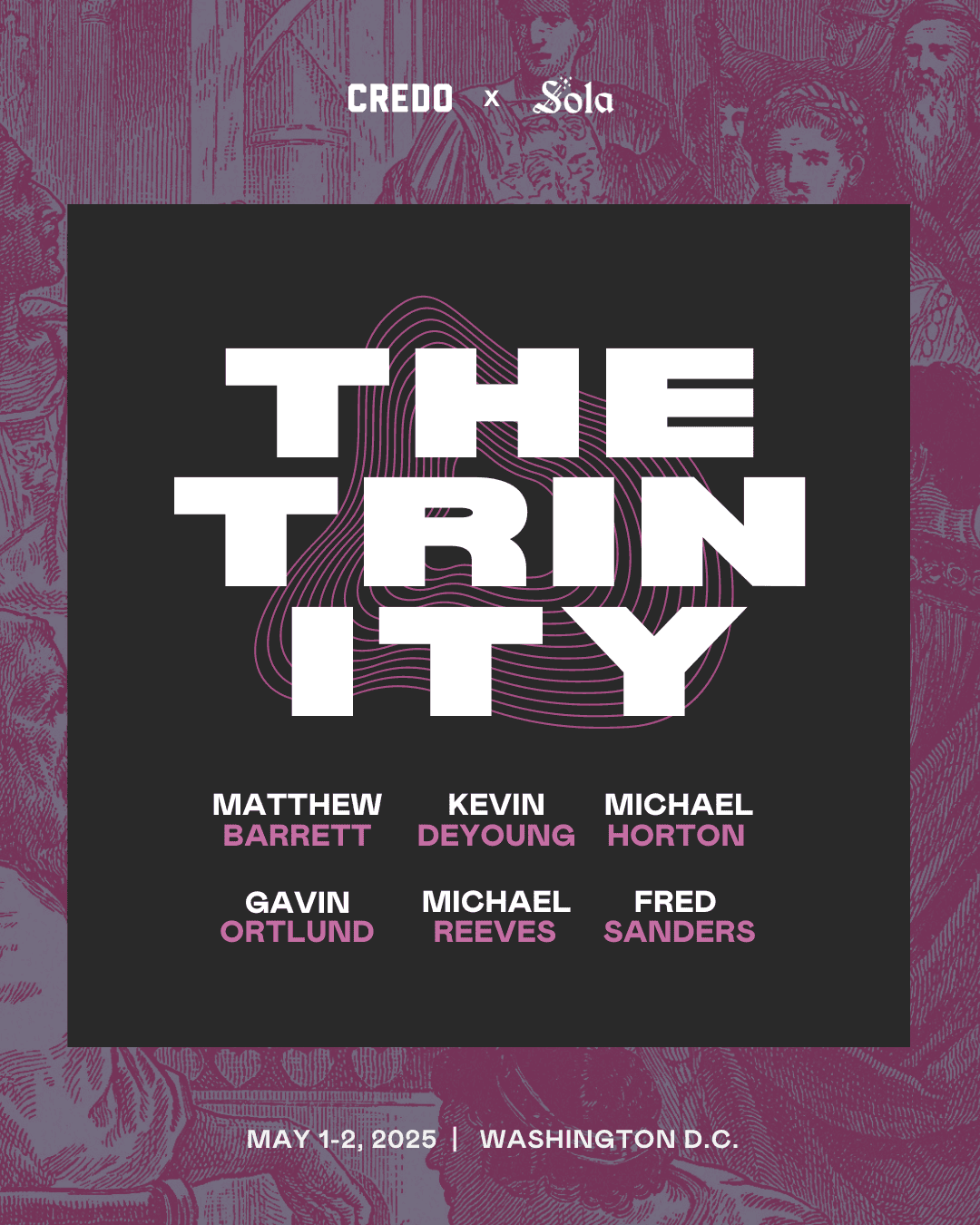
How to Read Isaiah Theologically: Part Two
Isaiah’s near-death experience and his pronunciation of a judgment oracle on himself becomes the theme of much of his preaching, when he does become a prophet. Before a holy God, the prophet pronounces judgment oracles to the people who have not been practicing righteousness and justice, but the opposite.[1] But the fact that Isaiah will be commissioned as a prophet and will preach to his people shows that he survived this ordeal. In fact, it is the Seraphim who know exactly what to do: his sin needs to be removed—atoned for—so a burning Seraph removes a burning coal from the altar of incense with a tong, and touches it to the prophet’s sinful lips.[2] Thus, he can now join in with the Seraphim in their chorus. And then the Lord of Hosts speaks for the first time in the eerie scene. His servant has been equipped for prophesying so He says, “Whom will I send, and who will go for us?”[3] To which Isaiah with a new lease on life—as one back from the dead–answers the call.[4]
But in some ways, he is to be an anti-prophet, for a prophet was to turn the people to God but Isaiah was to harden their hearts with his preaching. In fact, the people were so far gone spiritually, that Isaiah’s calls to repentance and salvation, would only accelerate the process of corruption, as the people would not listen but become more and more stubborn and obstinate.[5] Called to be God’s servant in the world, they would continue to ignore the call and serve nothing but idols of their own making. So, when Isaiah hears about his call to ministry, he questions, “How long?” The answer comes without equivocation: until the whole nation will be exiled.[6] The nation will be like a giant tree cut down to a stump. And yet there is hope, because there remains a holy seed in the stump, i.e. a sign of life which will someday fulfill God’s plan for the world.[7] Thus, in Isaiah’s ministry, there are not only the judgment oracles, but there is hope for the future, a hope which is found sporadically in the first part of his oracles,[8] but which comes to fruition in the second stage.[9]And yet there is hope, because there remains a holy seed in the stump. Share on X
Hope in Yahweh
This hope is that the Great King will come back to His people in Zion and restore it to be a beacon of hope for the nations.[10] Thus, there needs to be a preparation: Everything high will need to become low and everything low will become high so that there can be a highway made in the desert so that Yahweh can lead his people home from exile.[11]
This hope comes to climactic expression in a servant, who is a new Israel, who unlike the old Israel, is not deaf and dumb, nor blind, but who is completely devoted to the will of God.[12] He too is high and lifted up like the Lord seated on the throne,[13] but he descends to the lowest depths.[14] Who could have believed this? He grows up like a tender plant in dry ground—totally inimical circumstances, and he grows up to experience suffering, persecution and social ostracism. People hide their faces from him because he is hideous. He is considered a terrible sinner because of his suffering. But no one knows that he suffers and dies not for his own sin but for the sins of the people and even the nations! Why? Just like the seraph who applies the hot coal to Isaiah’s mouth to atone for his sin, the servant’s sacrifice does the same thing for the people so that they too can live in the presence of the Holy One of Israel. And he is not only able to atone for his people’s sin but for those of the world! It is this atonement for sin, which is the climax of Isaiah’s theology, a theology which allows people to live again, to praise again, to be people who are committed to justice and righteousness.
Who could have believed this! The High and Lofty One seated on the throne becomes the lowest of the low to redeem a people for himself, so that they can join with the seraphim in the present and sing the song of the redeemed, thus helping to fulfill that time when the whole world will be full of the glory of the Lord as the waters cover the sea.
Isaiah’s musical composition
This short description of the theology of Isaiah shows clearly that the scene of the call of Isaiah becomes a preview of his entire vocation as a prophet, just like an overture rehearses the main themes of a musical composition. Perhaps the best way to conclude such a study is to show its practical relevance from two texts. In the first text, Isaiah 57:15, we are introduced to the proper attitude of someone who wishes to come before the Lord of Hosts: “For thus says the One who is high and lifted up, who inhabits eternity, whose name is Holy: “I dwell in the high and holy place, and also with him who is of a contrite and lowly spirit, to revive the spirit of the lowly, and to revive the heart of the contrite.” No wonder Augustine remarks, “If you should ask me what are the ways of God, I would tell you that the first is humility, the second is humility, and the third is humility. Not that there are no other precepts to give, but if humility does not precede all that we do, our efforts are fruitless.”[15]
The second text, Isaiah 2:5, exhorts the people of Judah to act in the light of the future, the coming Kingdom of God: “O house of Jacob, come, let us walk in the light of the LORD.” In light of the fact that someday in the future the nations will stream up to a new Jerusalem with a new temple, hear the word of the Lord, and leave, hammering their swords into ploughs, and their spears into hoes, and learning war no more, the people of Judah are called to walk in the light of the Lord, i.e. to live the future now, in a life of justice and righteousness, being light in a dark world.[16] For darkness is not the final word—light is. As theologian Peter Kuzmic puts it, “Hope is the ability to hear the music of the future. Faith is the courage to dance to its tune in the present.” May we have the courage to dance!
*This is part two of a two-part series. See part one here.
Endnotes
[1] Cf. Is 5:1-7, 8-30,
[2] Is 6:6-7.
[3] Is 6:8.
[4] Is 6:8.
[5] Is 6:9-10.
[6] Is 6:11-12.
[7] Is 6:13.
[8] Is 9:1-6, 11:1-15, 25-27; 35.
[9] Is 40-66.
[10] Is 2:1-5, 60:1-22.
[11] Is 40:1-11.
[12] Is 42:1-6, 49:1-6, 50:3-11, 52:13–53:12.
[13] Is 52:13
[14] Is 53:1-12
[15] St. Augustine, Letters (83-130), ed. Roy Joseph Deferrari, trans. Wilfrid Parsons, vol. 18, The Fathers of the Church (Washington, DC: The Catholic University of America Press, 1953), 282.
[16] Cf. Matt 5:14-16.

